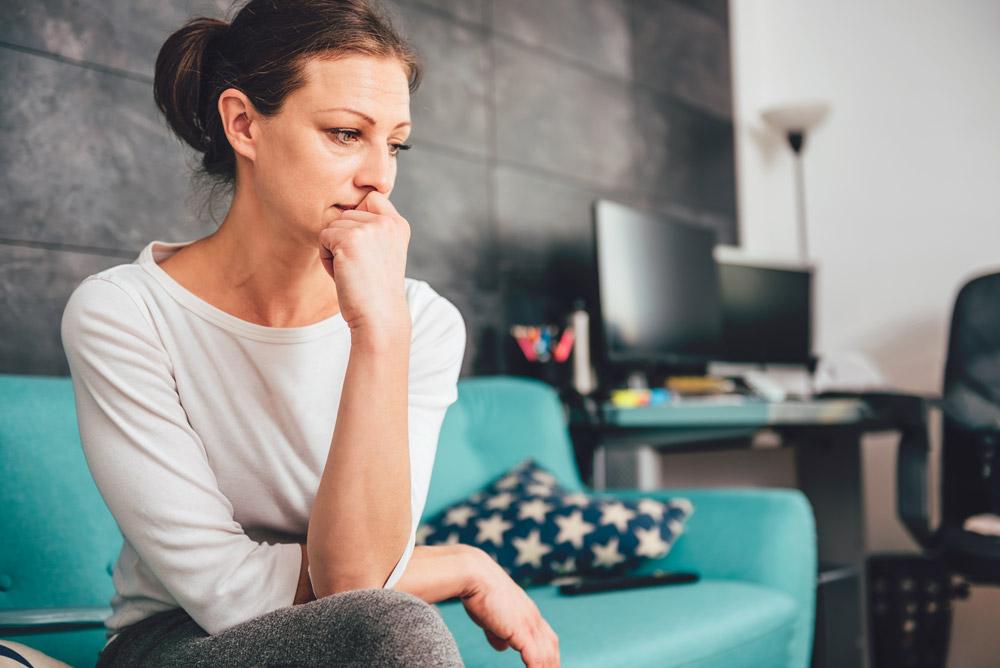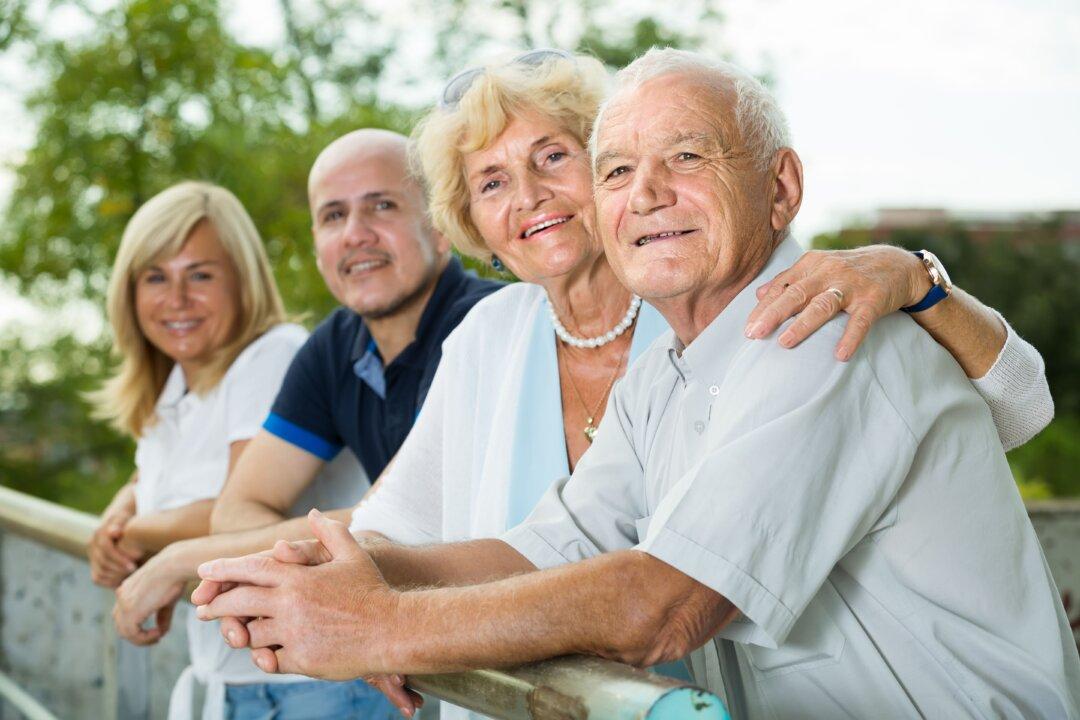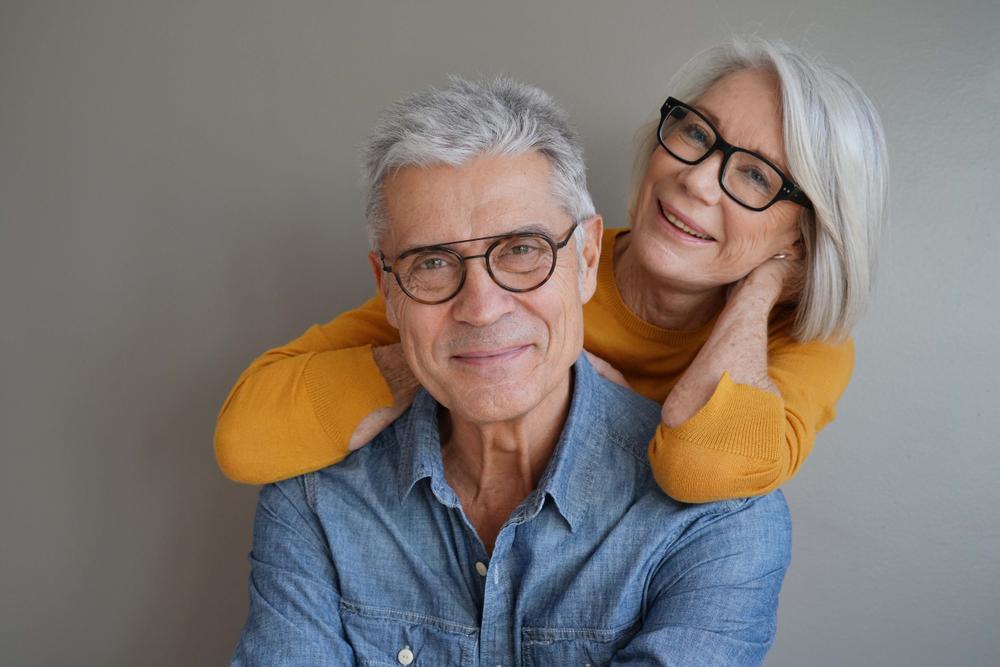Movement and exercise feel good, as you know if you’ve ever experienced a runner’s high, the restorative power of a pandemic afternoon walk, or a heart-pumping Zumba class. But what accounts for these benefits?
The answer offered by science journalist Caroline Williams in Move!: The New Science of Body Over Mind is deeper and more provocative than just endorphins, and it highlights how our bodies and minds are interconnected in ways we may not even realize.





